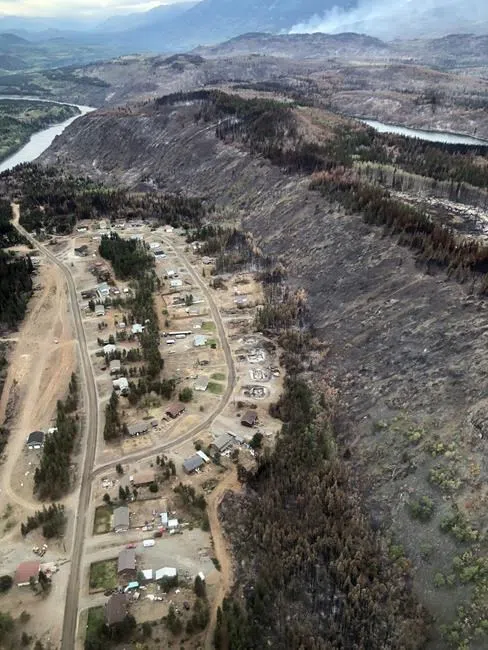
B.C. First Nation won’t be able to return home for months after wildfires
Members of a tiny First Nation in northwest British Columbia remain scattered across the province in hotels and relatives’ homes after fleeing destructive wildfires this summer.
It will take months to clean up the damage in Tahltan First Nation territory in Telegraph Creek, which was devastated by four wildfires that merged into one 1,180-square-kilometre blaze in August, said Chief Rick McLean.
Crews must clear debris and burned-out houses, ensure the water is drinkable, restore police and health services and even restock store shelves, he said. Rebuilding 21 destroyed homes can’t even begin until spring, when the ground isn’t frozen.
“It’s mixed emotions,” McLean said. “Some people are happy they got out and have their safety and lives. Other people are taking it a little bit harder after losing all their stuff, everything.”
